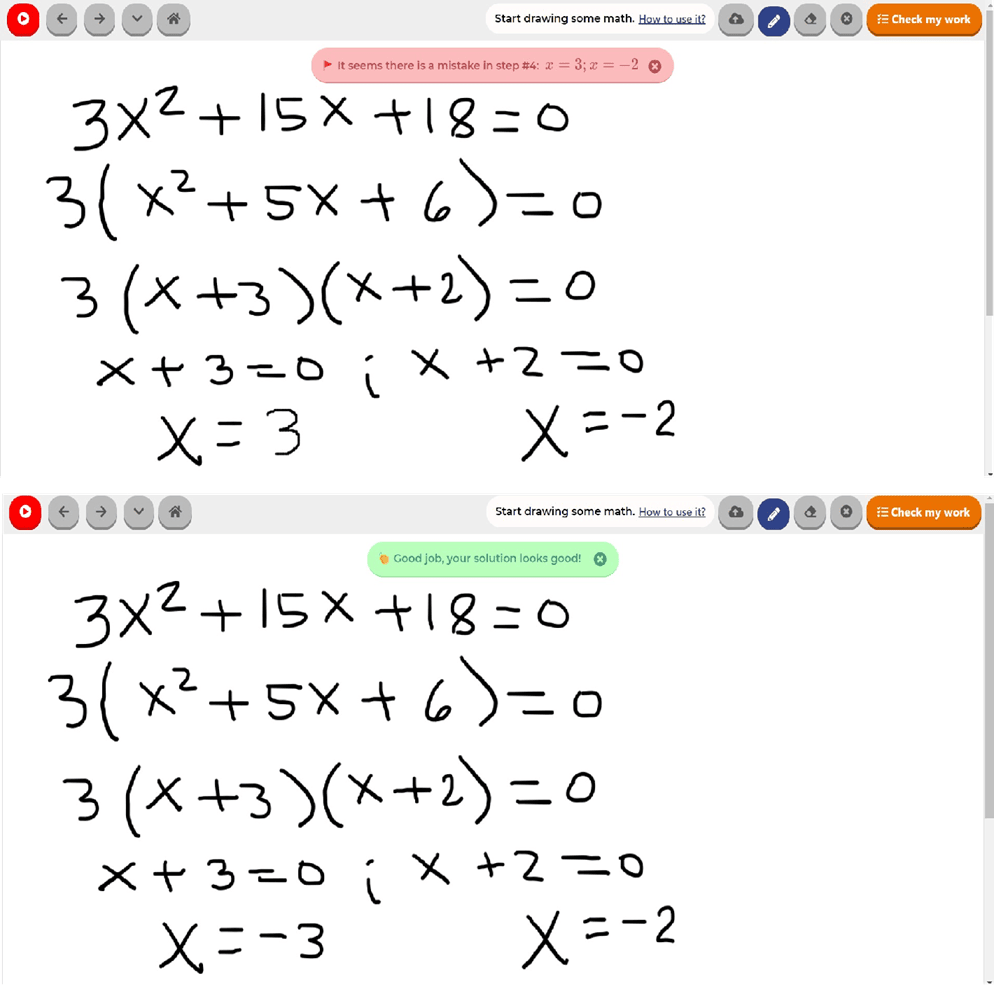Implicit differentiation makes use of the chain rule to differentiate implicitly defined functions. For differentiating an implicit function y(x), defined by an equation R(x, y) = 0, it is not generally possible to solve it explicitly for y(x) and then differentiate. Instead, one can differentiate R(x, y) with respect to x and y and then solve a linear equation in dy/dx for getting explicitly the derivative in terms of x and y.
Get a glimpse of step-by-step solutions.
Earn solution credits, which you can redeem for complete step-by-step solutions.
Save your favorite problems.
Get your personalized learning profile.
Become premium and access unlimited solutions, downloads, discounts and more!
